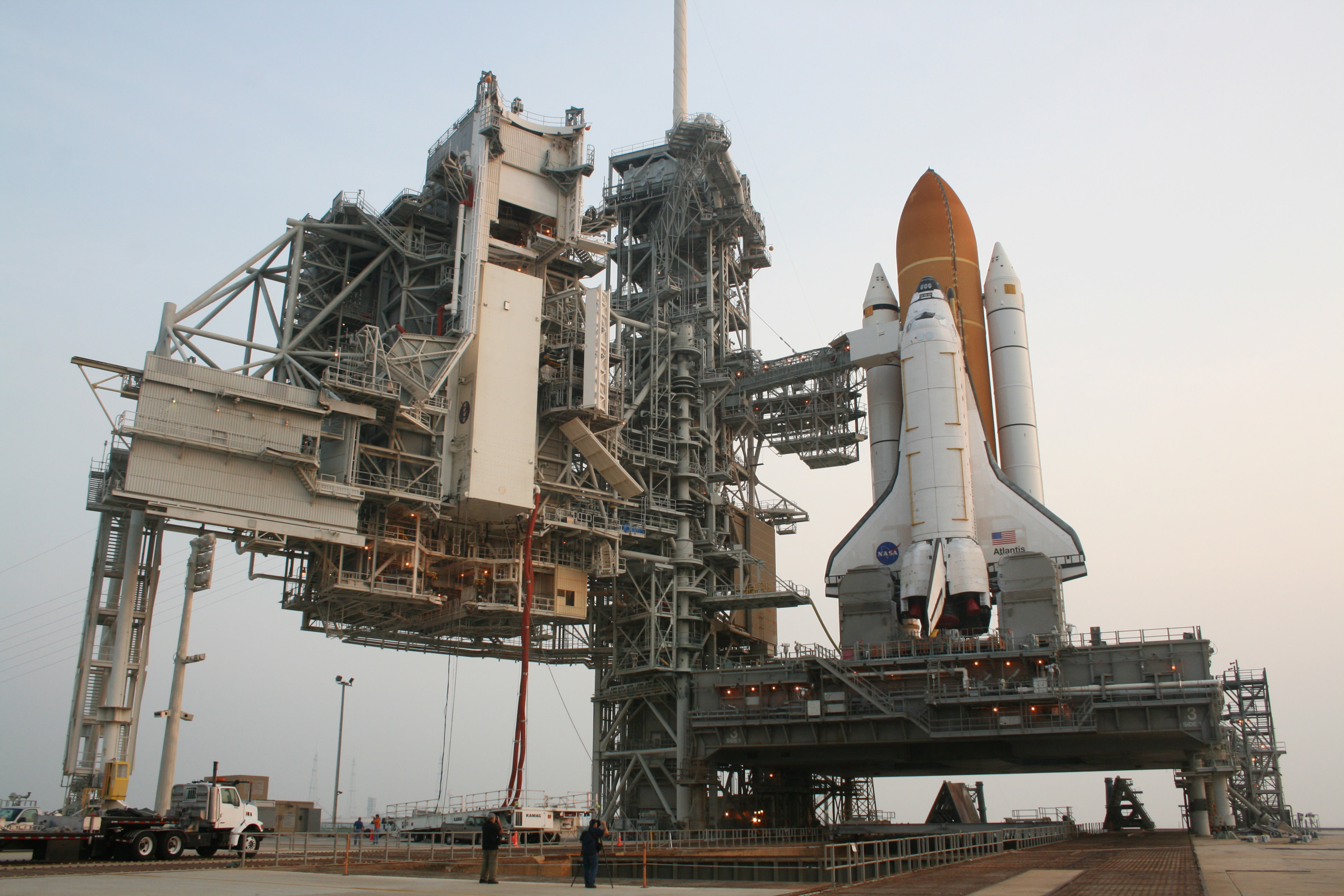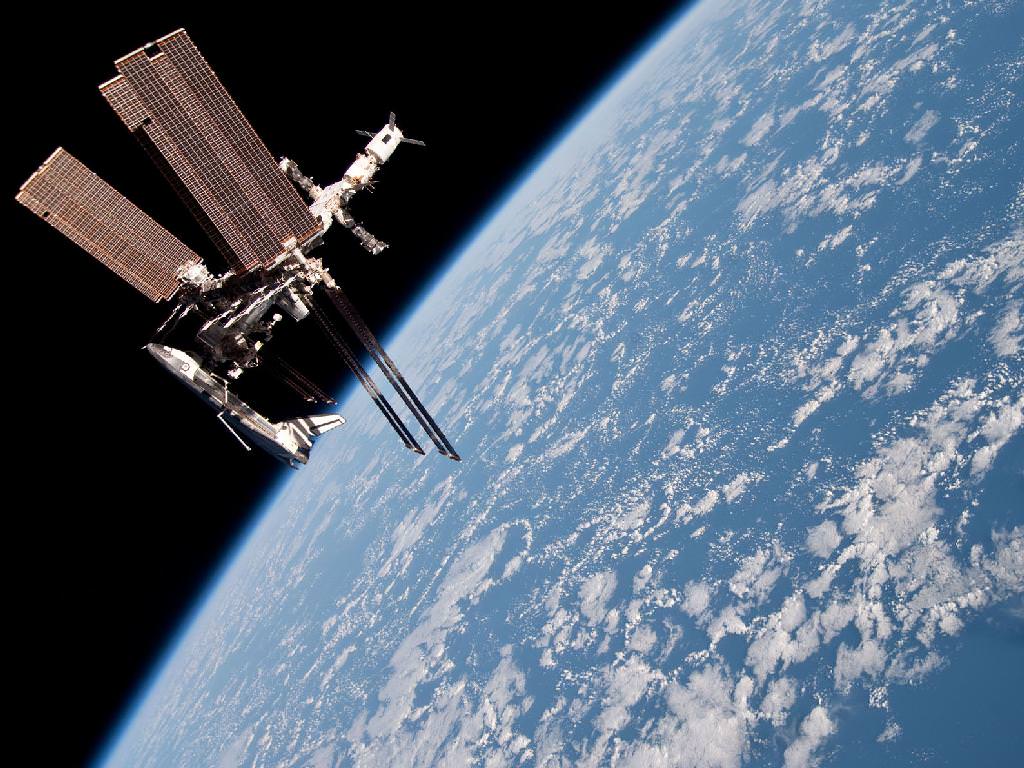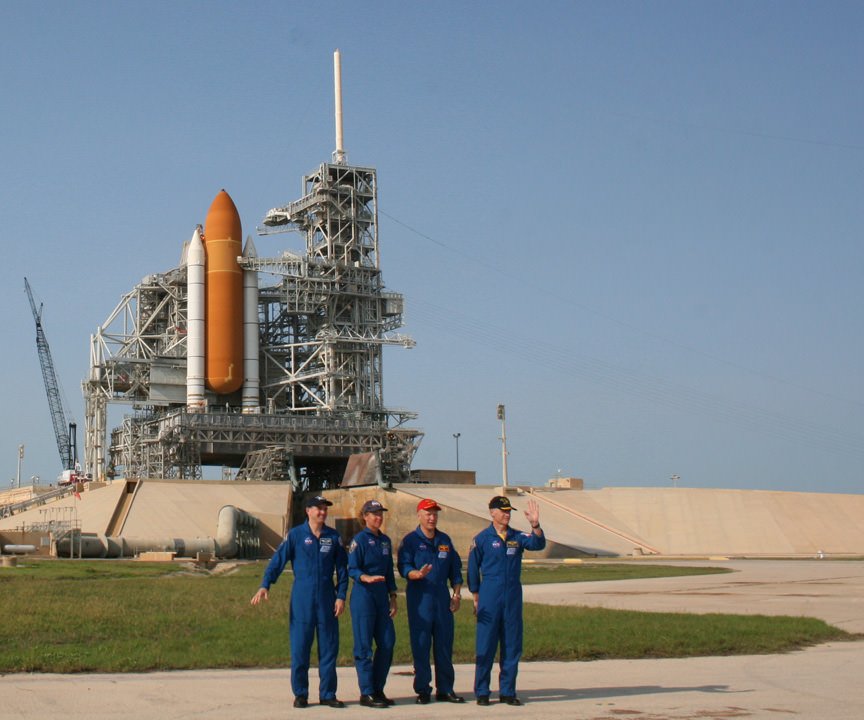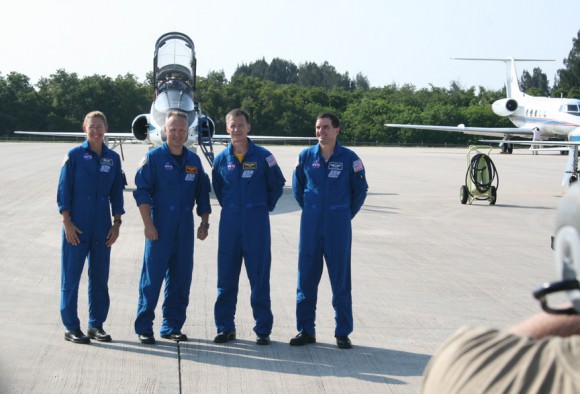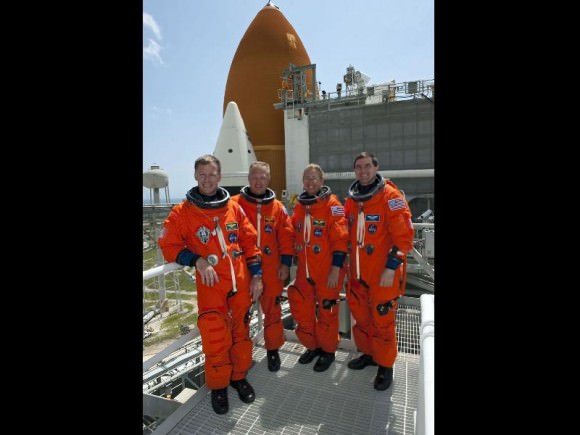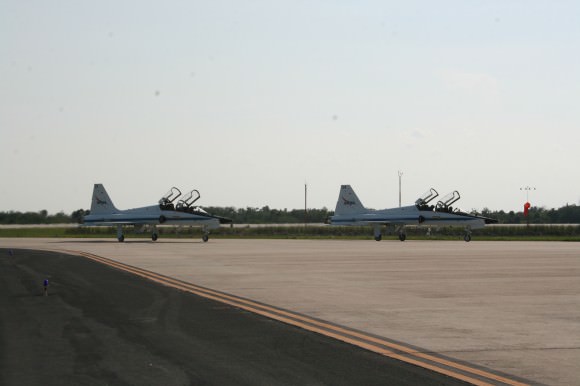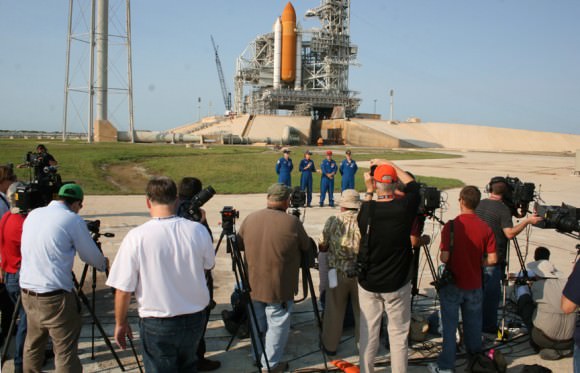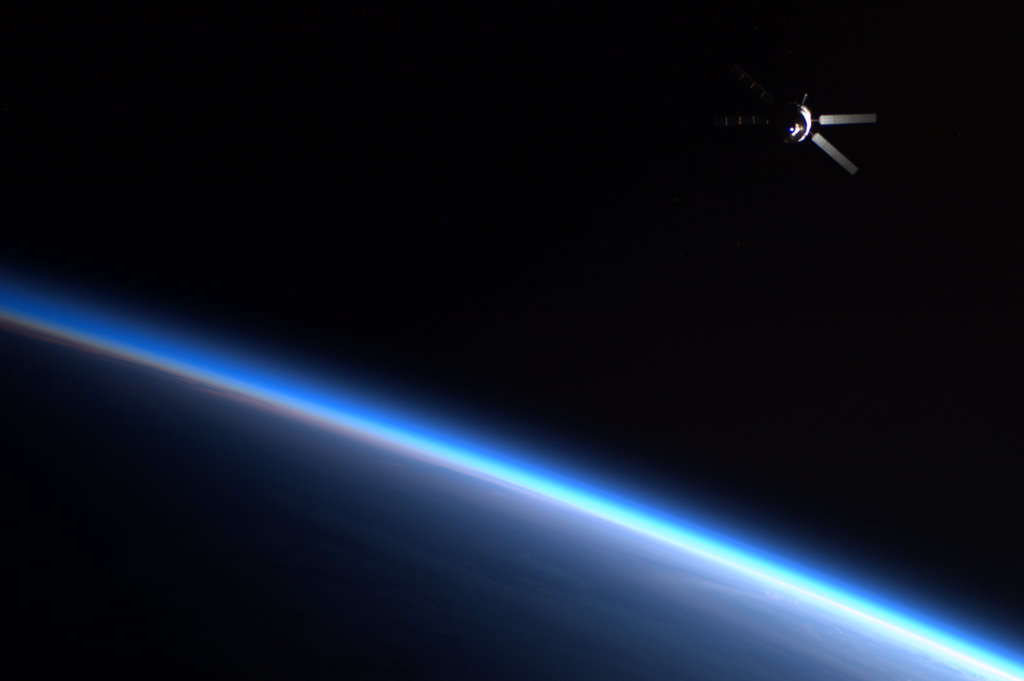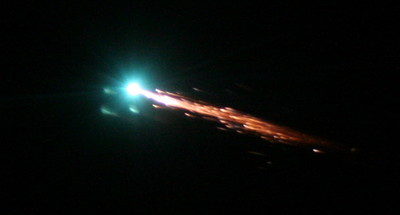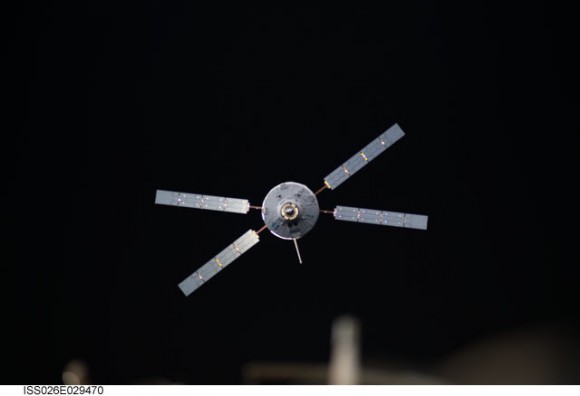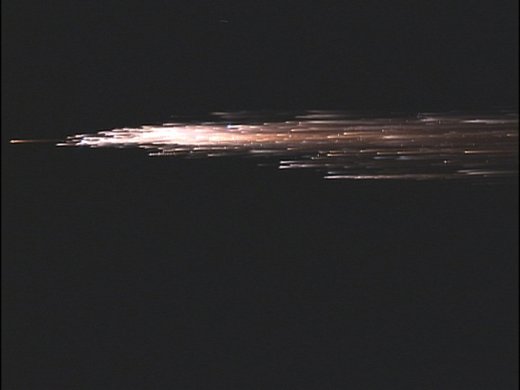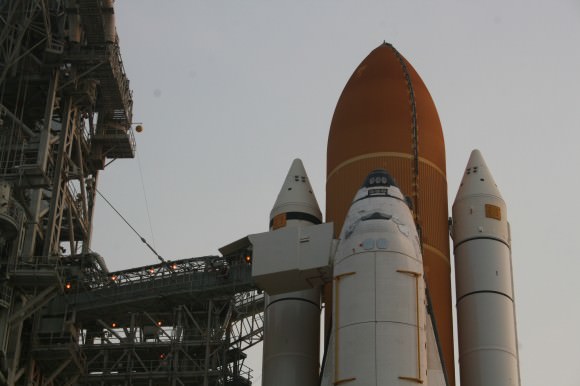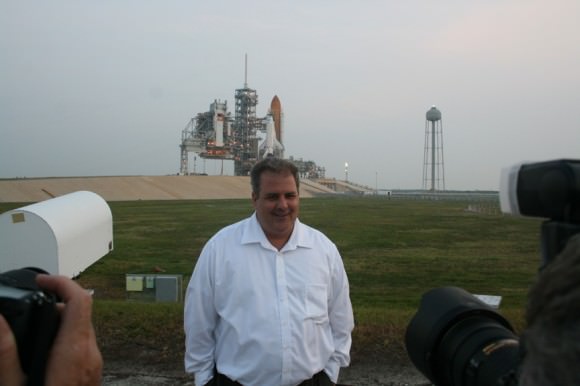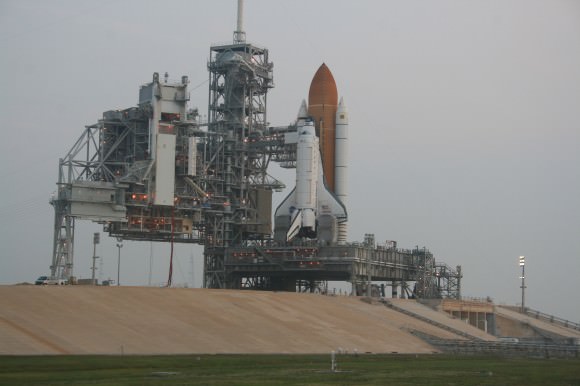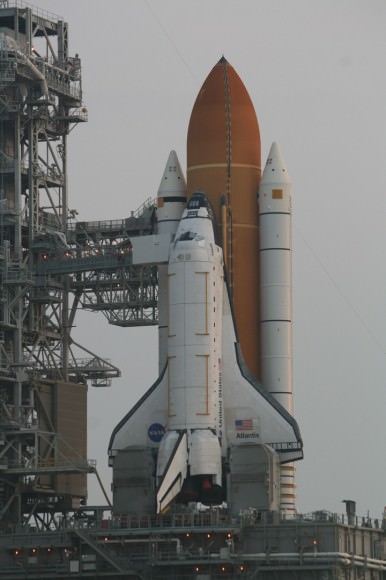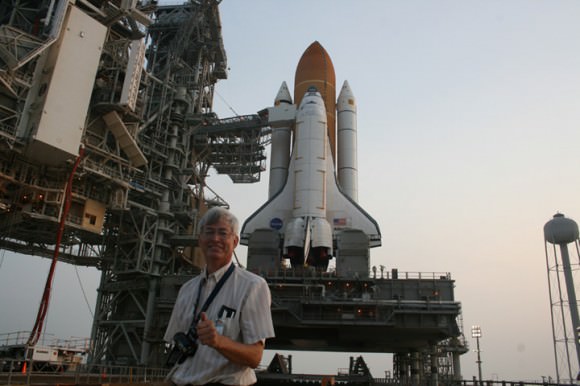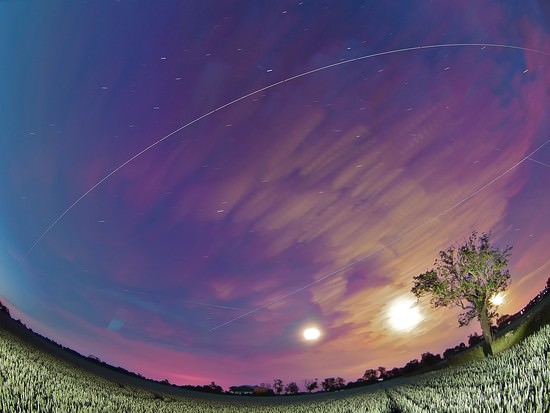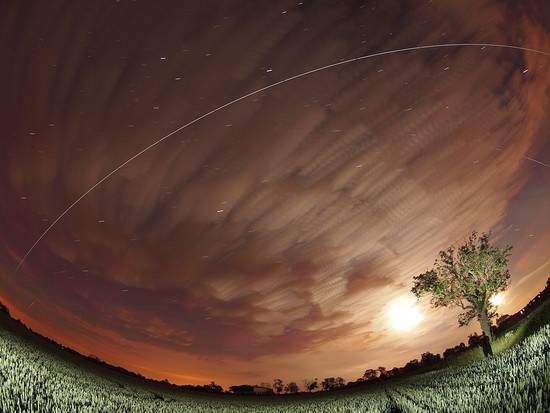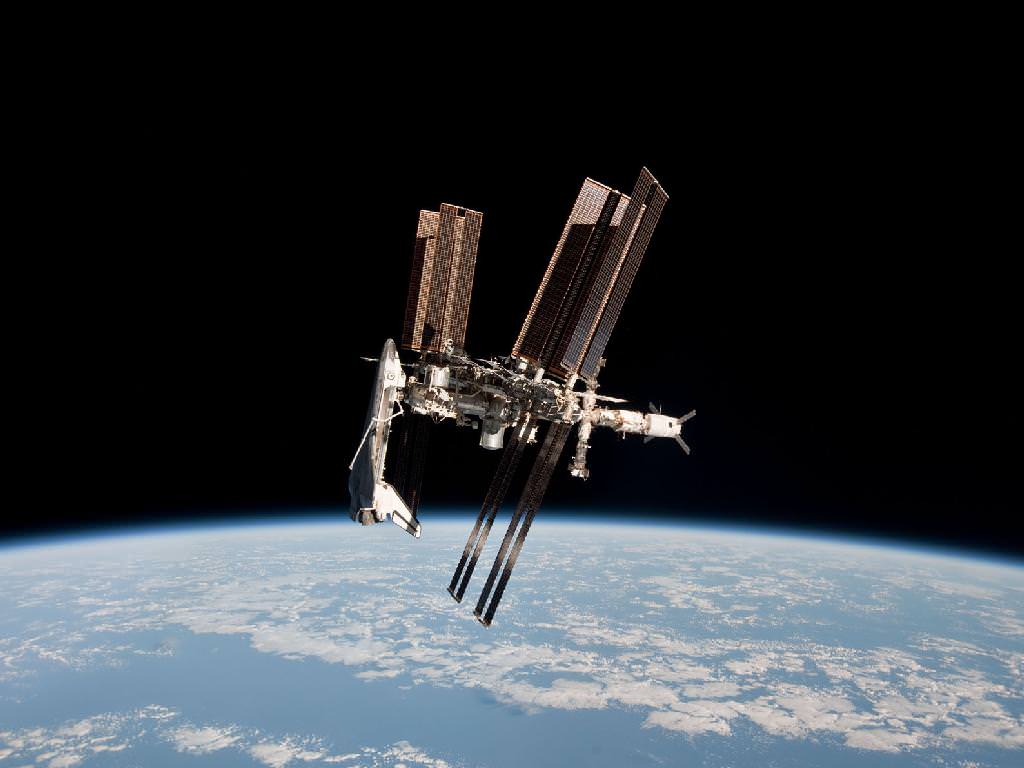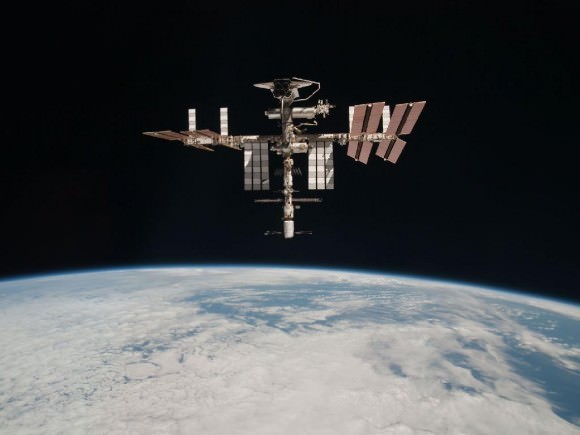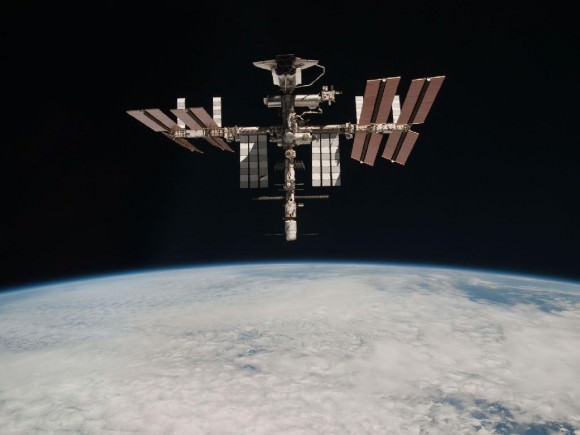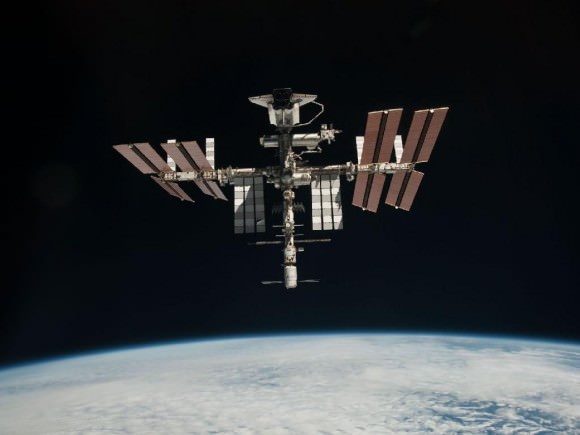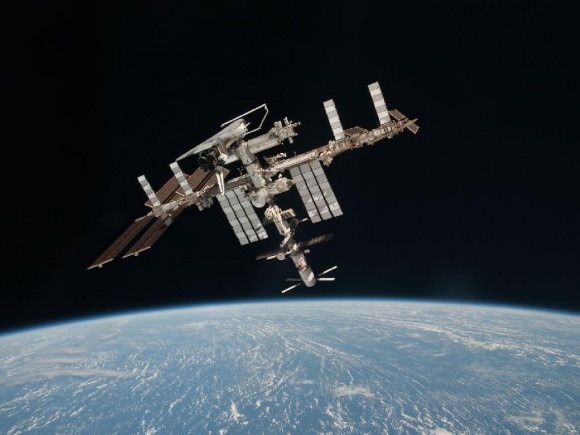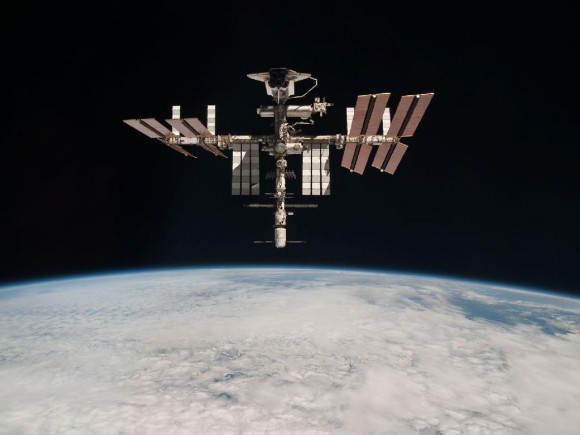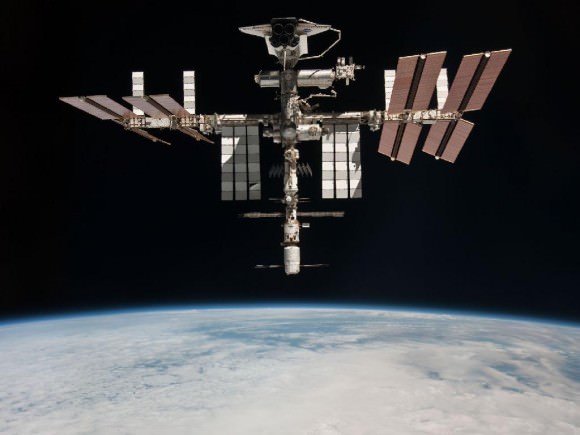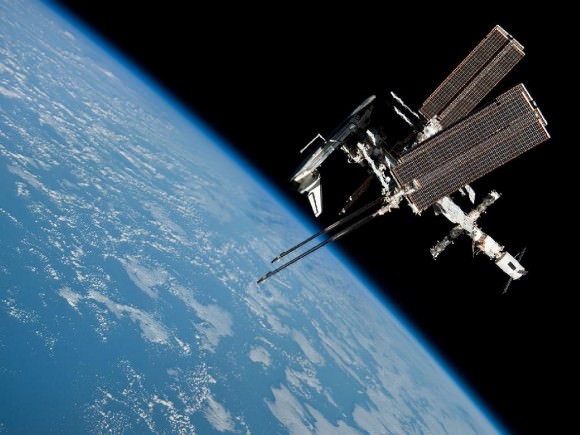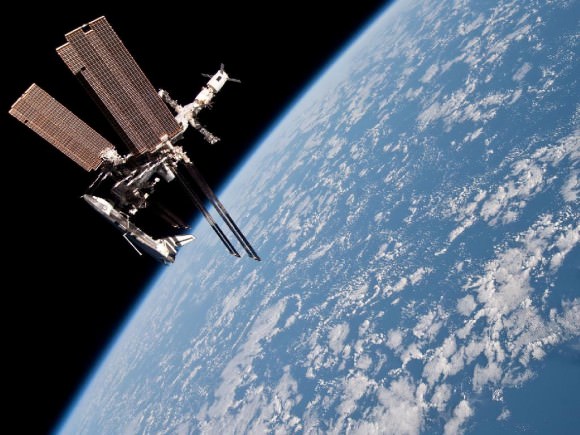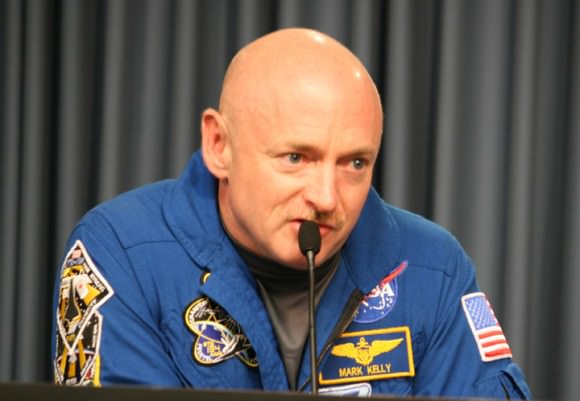[/caption]
NASA Shuttle managers met today (28 June) and officially set July 8 as the launch date for the Grand Finale of the shuttle program by Space Shuttle Atlantis. And the NASA officials also emphasized that the STS-135 mission is absolutely crucial to the future well being and functioning of the International Space Station (ISS).
“This flight is incredibly important,” said Bill Gerstenmaier, NASA associate administrator for space operations. “The cargo that is coming up on this flight is really mandatory for space station. This mission is critical from a resupply standpoint. We will stay on orbit in case of some small orbiter failures.”
Atlantis’ primary goal is to dock with the million pound orbiting outpost and deliver the “Raffaello” logistics module. Raffaello is packed to the gills with some 5 tons of critical spare parts, food, water, provisions and science equipment that will keep the station stocked and the crew fed for a year. About one third of the cargo is food.
The STS 135 mission will buy invaluable time to keep the station running and science experiments continuing full tilt after the shuttles are retired and until replacement cargo vehicles are brought online.
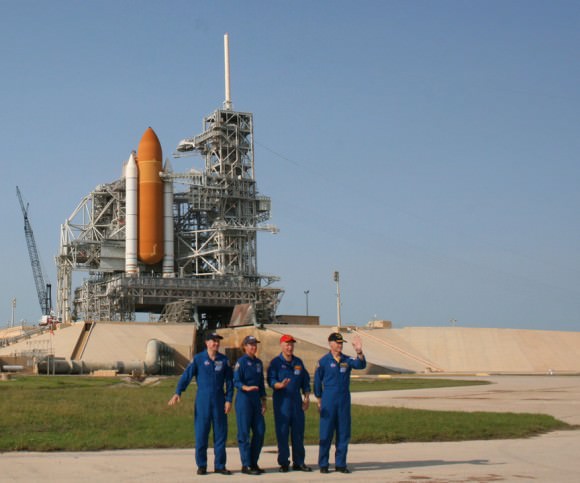
NASA hopes that commercial providers – SpaceX and Orbital Sciences – will soon pick up the slack and fill the supply void created by prematurely shutting down the shuttles now, before the replacement vehicles are functioning and proven. If the private company’s spacecraft are further delayed, then the ISS crew size may have to be reduced from 6 to 3 and station science operations could be significantly curtailed.
NASA announced the unanimous “GO” for the July 8 liftoff following a day long Flight Readiness Review at the Kennedy Space Center involving senior shuttle managers from the NASA and contractor teams.
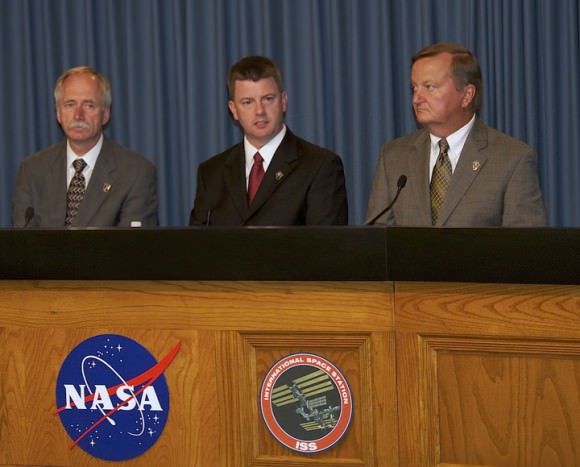
“We had a very thorough review,” said Gerstenmaier. Shuttle managers reviewed the shuttle and launch pad systems, the risks associated with the flight as well as the payloads tucked inside the orbiter and an assortment of technical issues and problems that cropped up during the pre-launch processing.
The STS-135 crew comprises of just four astronauts, all veterans, led by Shuttle Commander Ferguson who is joined by Pilot Doug Hurley, and Mission Specialists Sandy Magnus and Rex Walheim. They are scheduled to fly back to Kennedy on Independence Day, Monday, July 4, for the final days of launch preparations.
Since there is no back up rescue shuttle, the shuttle astronauts would have to return to Earth aboard Russian Soyuz capsules in the event of an on orbit emergency.
“We’re really looking forward to achieving this mission, putting station where it needs to be and finishing strong with the shuttle program here with STS-135,” said Mike Moses, Space Shuttle Program launch integration manager.
Moses added that NASA very much wants to extend the planned 12 day flight by one more day to give the crew more time to transfer cargo back and forth between Raffaello and the station.
NASA especially wants to fully load Raffaello for the return trip with experiment samples and voluminous no longer needed items of trash to give the station crew additional work and storage space. The extension depends on consumables use and will be decided once on orbit. Without the shuttle, down mass capability will be severely limited until the private providers are ready.
Technicians at the pad worked successfully to swap out a faulty shuttle engine valve and take X-rays of reinforcing joints on the External Tank after the recent tanking test, thus enabling NASA to approve the July 8 launch date.
“Atlantis is in great shape out at the pad,” said Mike Leinbach, shuttle launch director. “Team Atlantis is feeling good about the flow and the launch countdown and hope we’ll be able to get her off the ground on Friday the 8th as scheduled.”
“We expect between 500,000 and 750,000 visitors for the launch,” added Leinbach. “We have three launch attempts available on July 8, 9 and 10.”
The countdown clocks will start ticking backwards at 1 p.m. on July 5. STS-135 is the 135th and last shuttle mission.
This will be Atlantis’ 33rd flight and the 37th overall to the station.
Atlantis will be the last of NASA’s three shuttle orbiters to be retired.
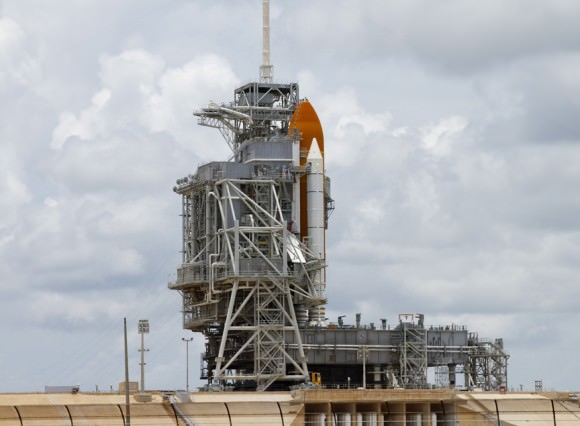
Read my prior features about the Final Shuttle mission, STS-135, here:
Final Shuttle Voyagers Conduct Countdown Practice at Florida Launch Pad
Final Payload for Final Shuttle Flight Delivered to the Launch Pad
Last Ever Shuttle Journeys out to the Launch Pad; Photo Gallery
Atlantis Goes Vertical for the Last Time
Atlantis Rolls to Vehicle Assembly Building with Final Space Shuttle Crew for July 8 Blastoff

